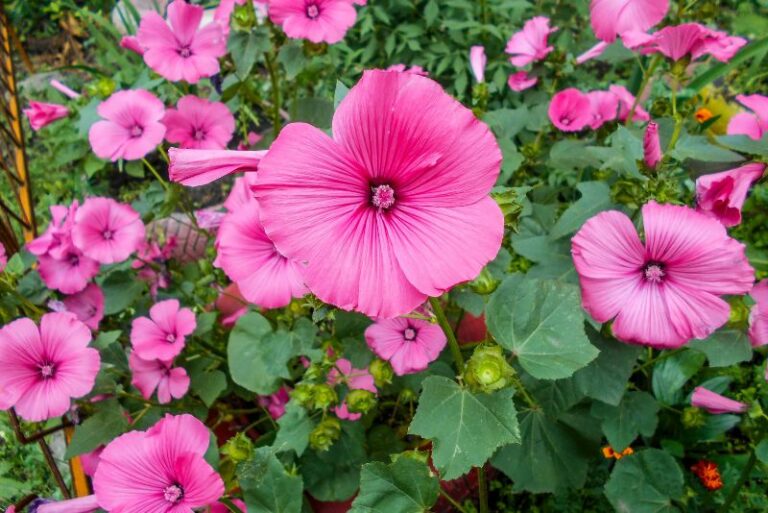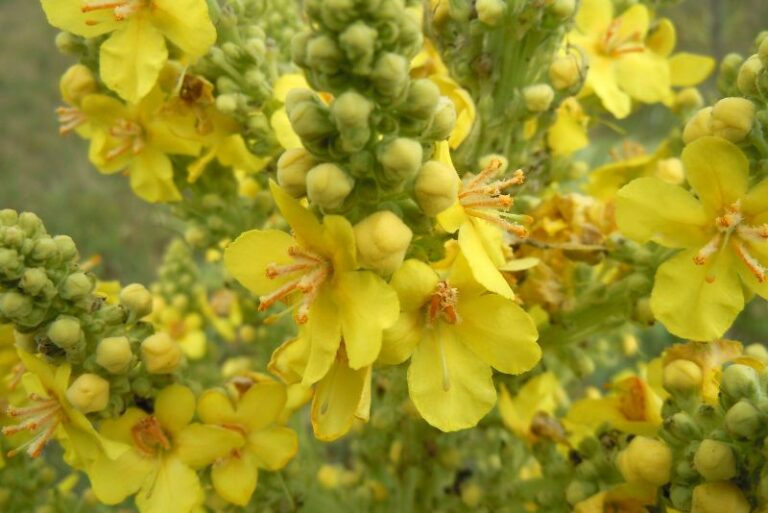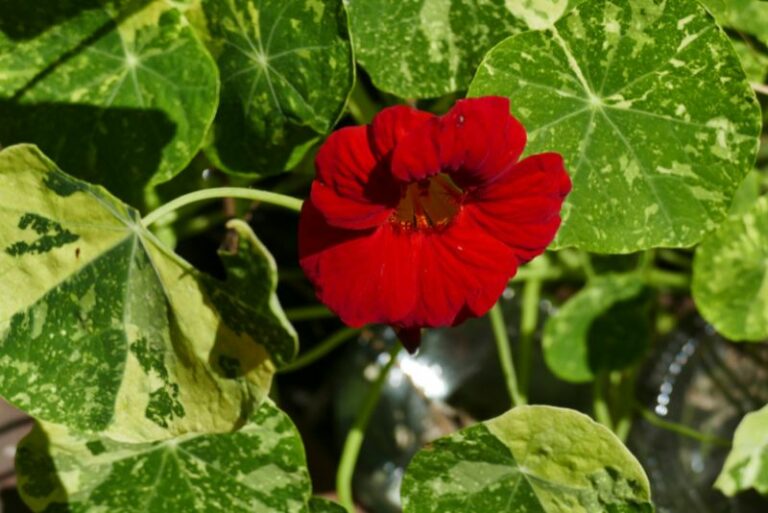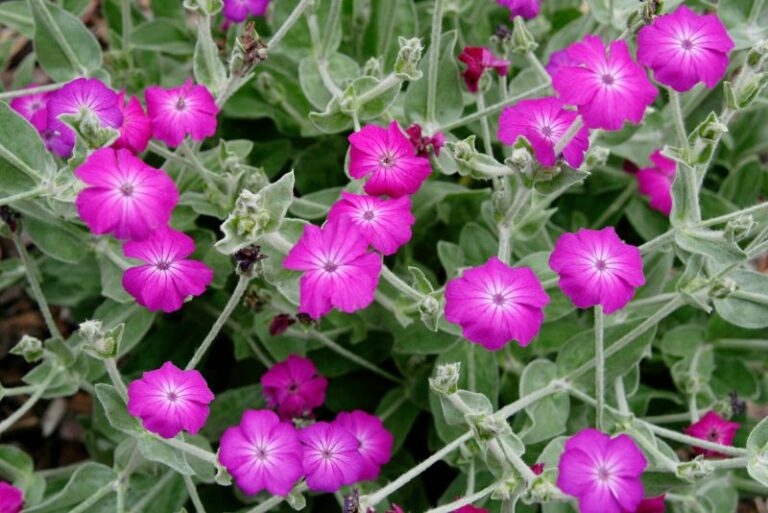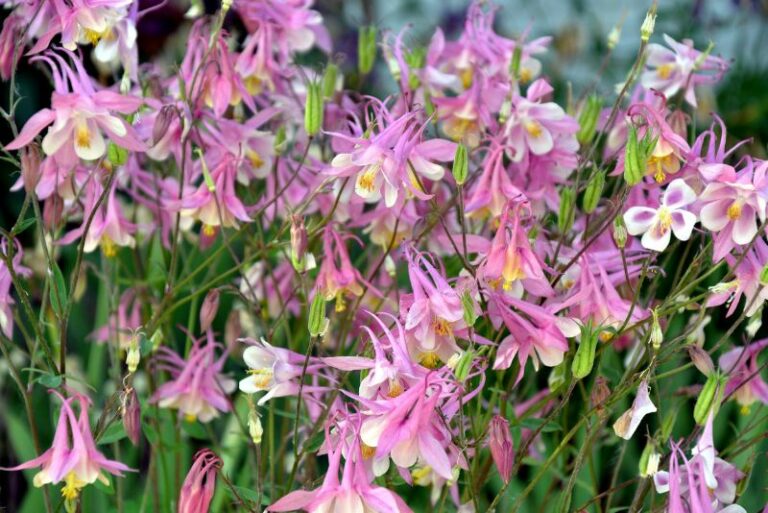Guide to Growing and Caring for Indigo Plants (PRO TIPS)
Graceful and vibrant, indigo plant cultivation offers gardeners an exceptional opportunity to connect with the earth and tradition. More than just a stunning addition to the garden, indigo plants are an intrinsic part of the history of dye-making and add depth to the arts of textile dyeing. This detailed guide will take you through the fascinating elements of growing and nurturing these beloved plants, harvesting their potential, and integrating the spirit of indigo into your artistic and sustainable endeavors.
Understanding Indigo Plants
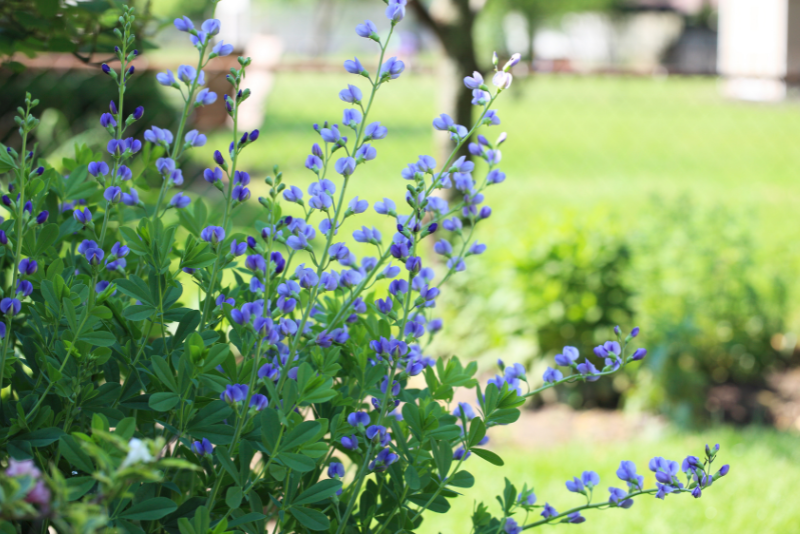
To begin, we must appreciate the plant itself. Indigo, a versatile and resilient species, is renowned for its deep blue dye and its role in the textile industry for centuries. Exploring the varieties and characteristics of indigo plants sets the foundation for successful growth.
The Dynamic World of Indigo
Indigo plants (genus Indigofera) are a part of the legume family, Fabaceae, and boast over 750 species. Despite the variety, several stand out for their dye-producing abilities and suitability for home gardens. The most popular indigo plants for dye propagation include Indigofera tinctoria, Indigofera suffruticosa, and Indigofera arrecta, each offering different hues of blue and unique growth habits.
Varieties at a Glance
Within the realm of indigo, you’ll find species well-suited to various climates, from Indigofera australis in the heat of Australia to Indigofera decora, which thrives in cooler environments. For home gardeners, Indigofera tinctoria, prized for its rich blue dye, is a common and manageable choice. This variety, native to tropical Asia, is adaptable and has been a significant dye source historically.
Planting Indigo
Ensuring indigo plants have the right start is critical for their long-term health and dye potential. From soil to sunlight, every detail determines the richness of their color and their resilience.
The Soil Secret
Indigo plants are not overly demanding when it comes to soil, but they prefer a slightly acidic to neutral pH (around 6 to 7). It’s crucial that the planting location provides adequate drainage to prevent waterlogging, which can cause roots to rot. Incorporating organic matter like compost will improve soil structure and provide essential nutrients.
Nurturing the Sun and Rain
Indigo plants are lovers of light. Ensure they receive full sun to encourage the best growth and most abundant leaf production. A regular watering schedule is a must, especially during dry spells or the heat of summer. However, be cautious not to overwater, which can be just as detrimental as under-watering.
Timing is Everything
Plant indigo outdoors after the threat of frost has passed. In warmer climates, this might mean early spring. For cooler regions, it’s safest to plant in late spring or early summer to avoid any unexpected freezes. With the right soil and timing, new indigo plants will establish quickly.
Caring for Indigo Plants
The care you provide your indigo plants directly impacts their quality and yield. Pruning, feeding, and guarding against pests are all part of the recipe for success.
Tending the Garden Jewel
Regular pruning encourages bushy growth and better leaf production. Use sharp shears to cut back leggy growth and remove any dead or diseased material. As indigo plants tend to spread, you may also need to divide clumps every few years to maintain health and prevent overcrowding.
Nutrient Wisdom
Indigo plants are light feeders, but a little nourishment goes a long way. In the early stages, use a balanced fertilizer sparingly to help young plants establish. Once they’re settled in, a yearly dose of organic fertilizer can supplement your soil’s health.
The War on Pests and Disease
Many garden pests find indigo plants just as alluring as you do, so be vigilant. Organic solutions such as neem oil or insecticidal soap can help control aphids or caterpillars without harming beneficial insects. Additionally, keeping the garden clean of debris can prevent many diseases.
Harvesting and Processing Indigo
The process of extracting dye from indigo plants is as rewarding as it is creative. Timing is crucial, and precision in processing leads to richer, more lasting colors.
The Art of Harvest
To prepare for harvesting, monitor the plant’s growth. The ideal time to harvest is when the plant has reached its peak with abundant leaves. Select a day when the sun is up and the humidity is relatively low. Cut the stems just above a leaf node, and gather the leaves in a breathable container.
The Dye Extraction Dance
There are several methods for extracting dye from indigo plants, from the traditional fermentation vat to the more modern chemical reduction process. The key is patience and attention to detail. The process can take several days, but the depth of color achieved by fermenting the leaves over time is unmatched.
Sustainability in Dyeing
Sustainable dye-making is more than a trend; it’s a necessity. Indigo plants offer a natural alternative to the harmful chemicals used in synthetic dyes. By carefully harvesting and processing, you contribute to a healthier earth and a richer artistic tradition.
Applications of Indigo Plants
The beauty of indigo extends far beyond the garden. This section explores the vibrant worlds of art, craft, and environmental benefit that indigo plants bring to life.
The Artist’s Palette
Indigo’s beloved blue is a staple in art across cultures and time. From traditional Japanese shibori techniques to contemporary natural dyeing, the plant’s pigment is a signature shade. Artists and artisans alike use indigo to create stunning textiles, paintings, and more.
Crafting with Indigo
The versatility of indigo makes it an ideal companion for crafters. Consider using indigo-dyed fabrics for quilting, embroidery, or even paper arts. The rich, varied blues can bring depth and character to any project, whether functional or decorative.
The Environment’s Ally
Indigo plants are more than just a source of color; they’re beneficial to the very soil they grow in. As legumes, they have the unique ability to fix nitrogen in the soil, naturally enriching it. This nitrogen is then available to neighboring plants, promoting a healthy and sustainable garden ecosystem.
Conclusion
Indigo plants are a gateway to the past and a beacon for a sustainable future. As you’ve learned in this comprehensive guide, tending to indigo from seedling to dye vat is a series of lessons in patience, sustainability, and the beauty of natural color. Whether you’re a garden enthusiast, an artist, or simply someone who cares about the earth, indigo cultivation offers a world of possibility right outside your door.
By embracing these plants, you engage with traditions of craftsmanship and environmental mindfulness that are as relevant today as they were generations ago. The deep blue hues that indigo provides are only part of the brilliance it offers; with each step of nurturing your indigo, you’re weaving a story of connection to the past and commitment to the future.

